Women entrepreneurs with disabilities
Wallace-Cross Mill
15759 Cross Mill Rd, Felton
The situation
In 1861, Alexander Wallace passed away, leaving his grist mill and estate to his four children. Mary A. and Eleanor D. bought out their other two siblings, becoming sole proprietors of the Wallace Mill. Grist mill – more than 300 in the county – played an important role in York County agricultural life. Without the mill, locals would not be able to turn their crop into a usable resource they all depended on for their daily bread. Many flocked to the Wallace sister’s mill, using the space for fellowship, conversation, and gossip. The Wallace sisters’ business played a dual role: Providing a valuable agricultural service and serving as a critical social place for York countians.
For years, the sisters weren’t recognized as business owners. The 1884 Cawker’s American Flour Mill and Mill Furnishers’ Directory as well as York County’s farm and business journals did not acknowledge them in their listings. Finally, in 1915, the directory mentioned Eleanor, but only as “retired,” not her role as proprietor.
Wallace-Cross Mill is now maintained by the York County Park system and is open to visitors.
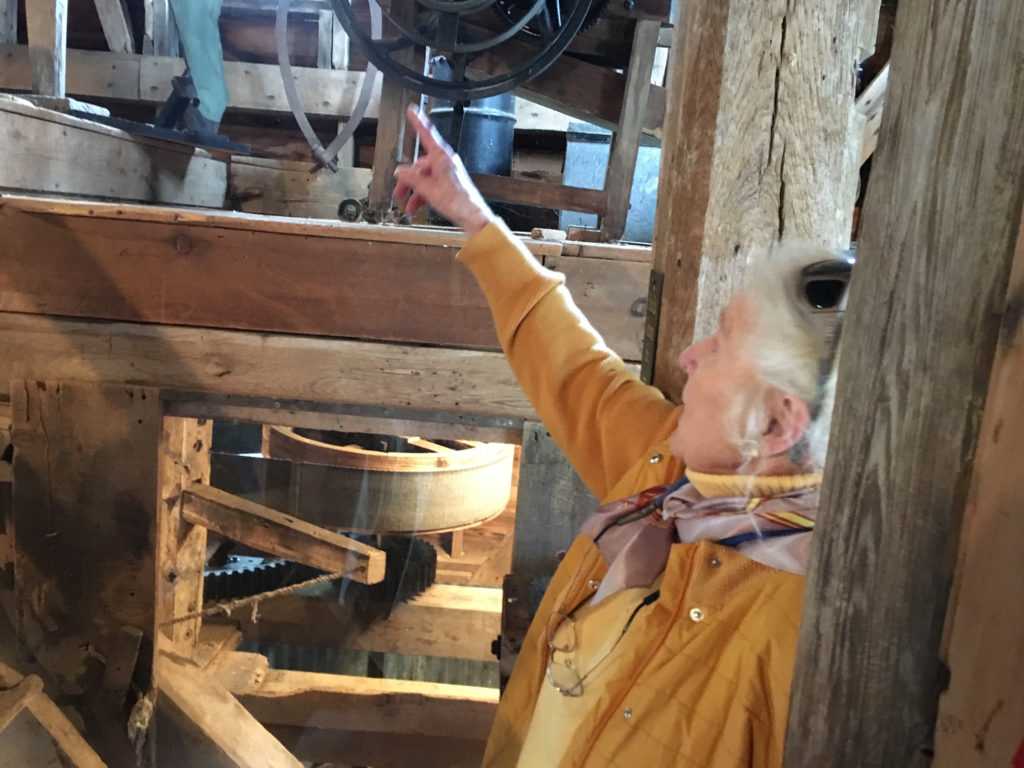
The witnesses
In 1870, Mary Wallace lost her arm. Leaning too close to a turbine, her sleeve coiled in the machinery, mutilating her arm to the point of amputation. She would never be able to use her arm again. Not only were women dismissed as equals in the business world, but Mary’s disability would present new challenges.
Victorian Era standards viewed women as inferior socially, economically, and politically. Now, Mary’s status as “crippled” limited her physical potential as well. Even so, she held onto her independence. It wasn’t until 1895, 25 years after her accident, that Mary and Eleanor decided to sell the grist mill. While not much is known about her life, we can picture Mary as a determined woman who faced adversity with confidence.
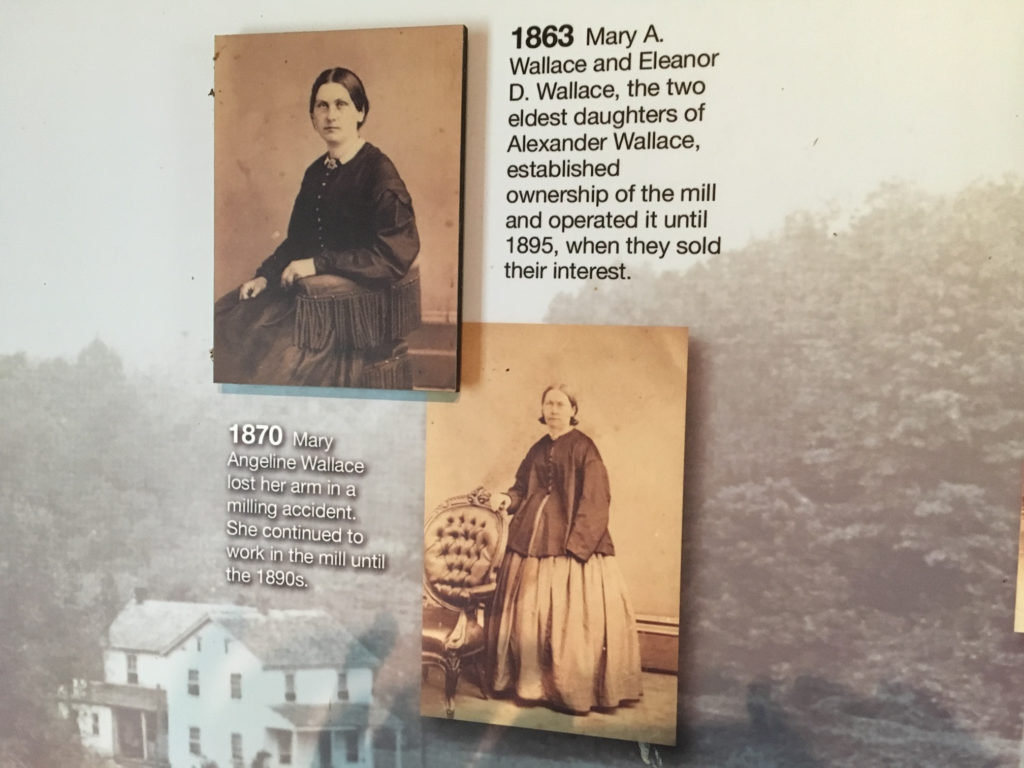
The questions
- According to the CDC, 36 million women in the United States live with disabilities. While American ideals stress the importance of equality, a valiant effort, we also need to take equity into account. Put simply, some people need more support in order to reach their potential when compared to others. What are we doing to make sure women with disabilities are provided with the tools to succeed?
- For women with disabilities, entrepreneurship means an opportunity for autonomy. It wasn’t that long ago that women weren’t regarded as equals in the work world. However, today change is visible in York County, albeit some still find it slow. For example, at various times in the 2010s, women held top positions at WellSpan, York College, Penn State York, York mayor, York school superintendent, York County Community Foundation president, York Newspaper Co. president and York County Commissioners president, among other positions. What can we do to encourage more women to venture into entrepreneurship?
Sources: A Concise History of the Wallace-Cross Mill: East Hopewell Township Pennsylvania by Louis Schmidt; The Wallace sisters’ grist mill: In-charge, but not acknowledged by Jamie Kinsley; James McClure, photo.
— By JAMIE NOERPEL and JIM McCLURE

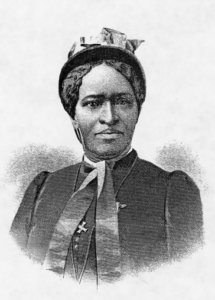
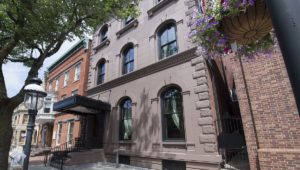
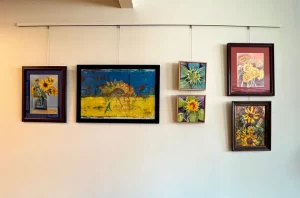
Pingback: Hometown History - Explore people, places and issues - Witnessing York